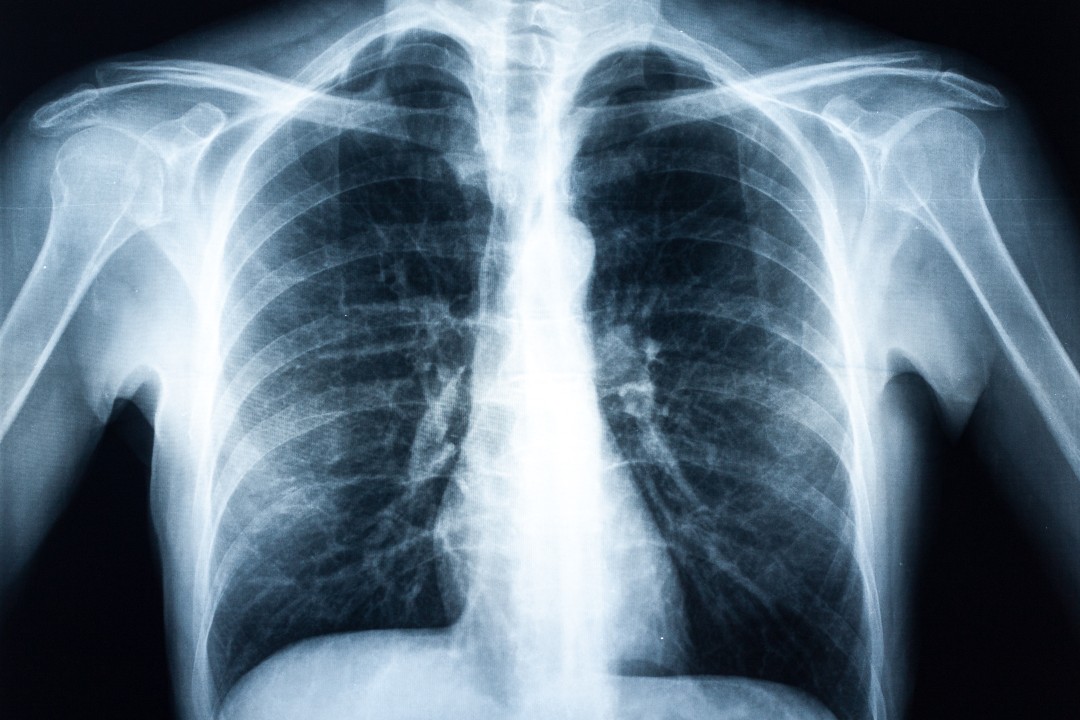Complex chest wall injuries
The Chest wall is a complex structure consisting of a bony skeleton with multiple joints between the sternum (breastbone) and vertebrae (spine), and between the bony parts of the ribs and the costal cartilage part of the rib cage at the front of the chest between the ribs and sternum. In addition, there are multiple ligamentous, tendinous and muscle attachments. Many of this ‘junctional’ areas can be sources of injury or prone to inflammation and damage.
Manubriosternal injury
Refers to where the manubrium sterni (top of sternum) and body of sternum joint together with the 2nd rib. It is a fibrocartilaginous joint and easily palpable as an often-raised prominence as the manubrium joins the sternum at a slight angle (referred to as the sternal angle).
What are the symptoms?
The maubriosternal junction can be injured through a direct blow or indirectly through acceleration-deceleration compressive-decompressive type of injury (for example during a front on collision in a seat belted passenger). This results in a dislocation and can lead to severe pain, tenderness and swelling (a step) in the area. A more insidious problem is the development of localised inflammation in the area leading increasing pain, discomfort and occasionally the area can be hot or swollen.
Costosternal/Costochrondral injury
The costosternal junction is where the first 7 upper ribs join the sternum. The Costochrondral junction refers to the junction or joint between the ribs and the costal cartilage at the front of the chest typically away or lateral to sternum.
What are the symptoms?
Either joint can be injured through a direct blow or indirectly from a fall or can occasionally become inflamed leading to pain, tenderness occasionally swelling and even a lump.
Costal arch
The Costal arch or margin refers to the lower edge of the chest formed by the bottom edge of the rib cage where it meets the abdomen. It is formed by the 7th to the 10th rib costal cartilages to create the costal arch.
What are the symptoms?
The costal arch can be injured through a direct blow or indirectly from a fall or can occasionally become inflamed leading to pain, tenderness occasionally swelling or a popping sensation and even a lump. Abnormal movement of the rib tips making up the costal arch can cause a condition called Slipping Rib Syndrome.
Xiphersternal injury
At the bottom of the breastbone (sternum) is a further junction between the bony bottom of the sternum and the cartilaginous xiphisternum or xiphoid process.
What are the symptoms?
Pain caused by the xiphoid process is called xiphoidalgia. Xiphoid process pain occurs for varying reasons but is often related to minor trauma to the area, over exercise (such as abdominal crunches) or can become more prominent following excessive weight loss. Local inflammation can also occur.
How are they diagnosed?
Having discussed how your chest wall was injured and having carefully examined your chest, the specialist’s diagnosis is usually backed up by a radiological test. If more likely to be inflammatory (rather than traumatic) an MRI or dynamic ultrasound may be first suggested. Alternatively, a chest CT may be advised particularly if suspicious of an unstable or displaced fracture.
How are they treated?
Non-operative treatment: Rest along with restrictions of some forms of physical activity is likely to be recommended for several weeks and is often enough for it to heal, along with taking anti-inflammatory medication if recommended by your doctor. You may also be advised to follow a gentle exercise programme to gradually restore muscle strength. A steroid injection may be considered.
Surgery: if the junction or joint injured has moved out of place (become displaced) or fail to heal properly (unstable) you may need to have surgery to realign them and hold them in place with screws and plates. Alternately, sometimes the injured area can be excised.
How long do they take to recover from?
Recovery will depend on the type of injury and treatment you’ve had. Your specialist will be able to advise you on when you can expect to return to everyday activities – this is normally within three months.
Important: This information is only a guideline to help you understand your treatment and what to expect. Everyone is different and your rehabilitation may be quicker or slower than other people’s. Please contact us for advice if you’re worried about any aspect of your health or recovery.


